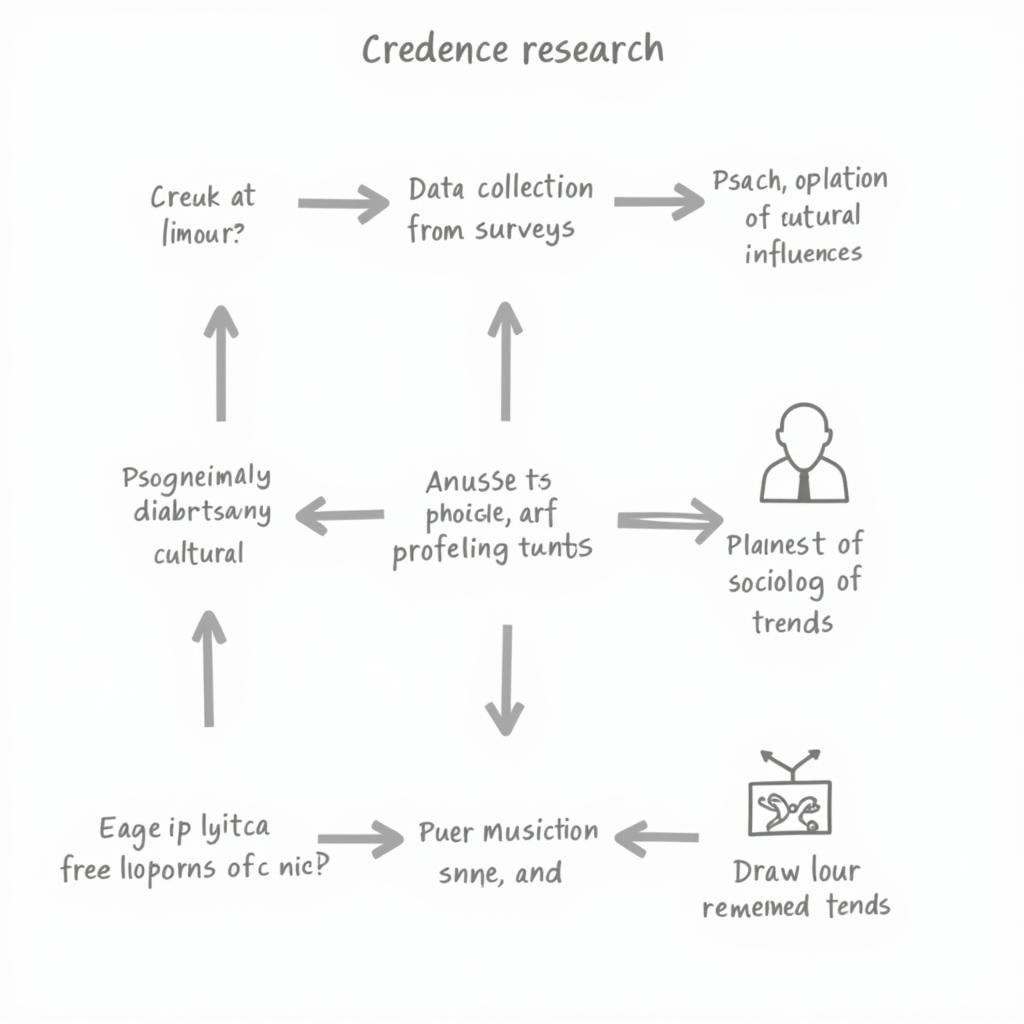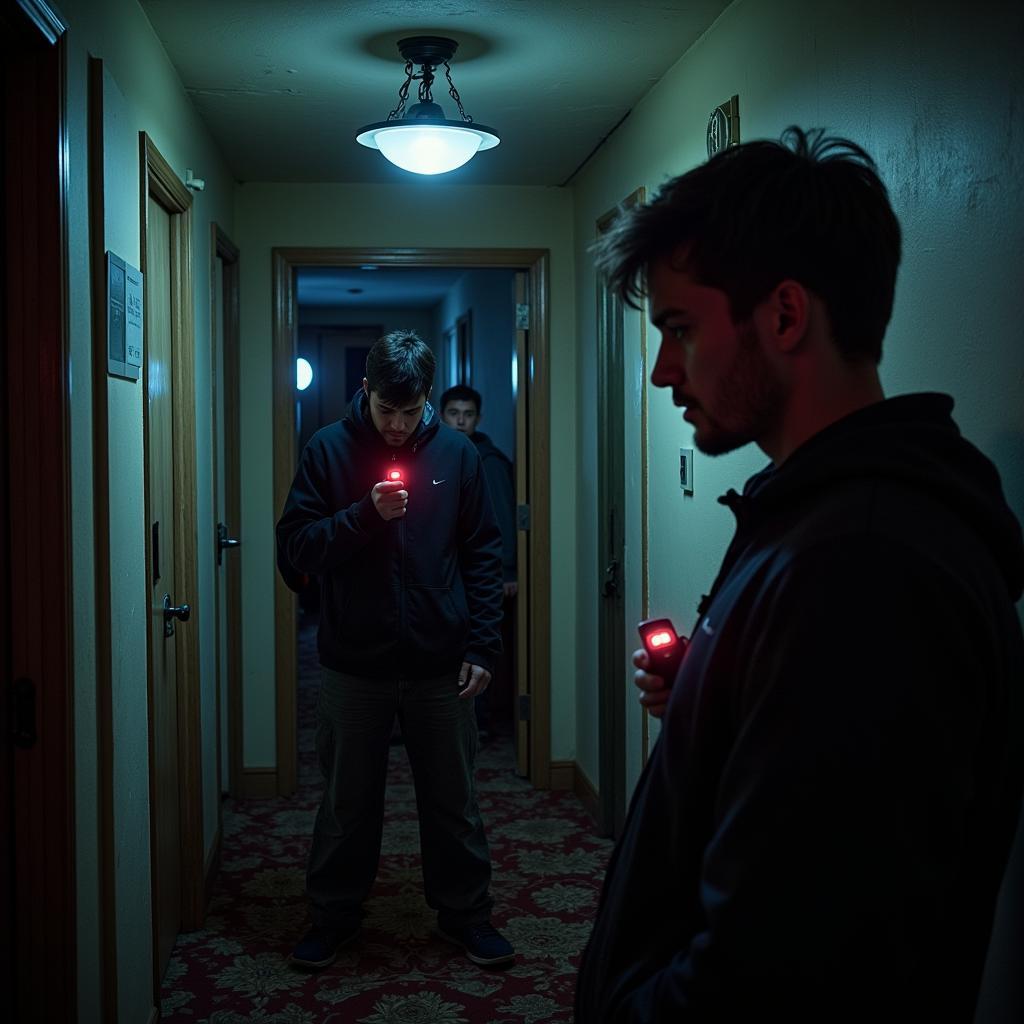Credence Research delves into the fascinating realm of beliefs, particularly those related to the paranormal. From ghostly apparitions to unexplained phenomena, this field attempts to unravel the mysteries surrounding these intriguing subjects.
What is Credence Research?
Credence research examines the reasons why individuals hold specific beliefs, especially those lacking empirical evidence. It focuses on understanding the psychological, sociological, and cultural factors that influence belief systems. Unlike traditional scientific research that seeks to prove or disprove phenomena, credence research aims to comprehend the human experience of belief.
 Credence Research Process
Credence Research Process
Why is Credence Research Important?
Credence research is crucial for several reasons. Firstly, it helps us understand how beliefs shape individual and collective behavior. For instance, beliefs in paranormal phenomena can influence decisions, relationships, and even political views.
Secondly, credence research can shed light on the human need for meaning-making. By studying why people believe in the extraordinary, we gain insights into our innate desire to find explanations for the unknown.
Lastly, this field of research can help bridge the gap between skeptics and believers. By promoting understanding and empathy, credence research can foster more constructive dialogues about controversial subjects.
Key Areas of Credence Research
Credence research encompasses a wide range of topics, including:
- Paranormal Beliefs: This area explores beliefs in ghosts, UFOs, ESP, and other unexplained phenomena.
- Religious Beliefs: This area examines the factors that contribute to religious faith and the impact of religion on individuals and societies.
- Conspiracy Theories: This area investigates the origins, spread, and psychological underpinnings of conspiracy theories.
Methods Used in Credence Research
Credence researchers employ various methods to gather data, including:
- Surveys and Questionnaires: These tools help collect information about beliefs, experiences, and demographic data.
- Interviews: In-depth interviews provide qualitative data on individual perspectives and experiences.
- Content Analysis: Researchers analyze texts, media, and cultural artifacts to understand how beliefs are portrayed and disseminated.
 Paranormal Investigation in Progress
Paranormal Investigation in Progress
Challenges in Credence Research
Credence research faces unique challenges, such as:
- Subjectivity: Beliefs are inherently personal and subjective, making it challenging to study them objectively.
- Social Desirability Bias: People may be hesitant to disclose unconventional beliefs due to fear of ridicule or judgment.
- Lack of Control Groups: In some cases, it’s challenging to establish control groups for comparison, especially when dealing with subjective experiences.
The Future of Credence Research
As our understanding of the human mind and culture evolves, so will the field of credence research. Future research may explore:
- The role of technology in shaping beliefs, particularly the influence of social media and the internet.
- The impact of globalization and cultural exchange on belief systems.
- The development of new methods for studying subjective experiences and beliefs.
Conclusion
Credence research offers a fascinating glimpse into the complex world of beliefs. By understanding the factors that influence what we believe, we gain a deeper understanding of ourselves, our cultures, and the human condition. As we continue to explore the unknown, credence research will undoubtedly play a vital role in unraveling the mysteries of belief and its impact on our lives.
For further insights on paranormal phenomena, you can explore our resources on 8868 research boulevard austin texas and 301 south research place central islip ny 11722. Additionally, our investigations into pokemon research offer an intriguing perspective on the intersection of popular culture and paranormal belief.